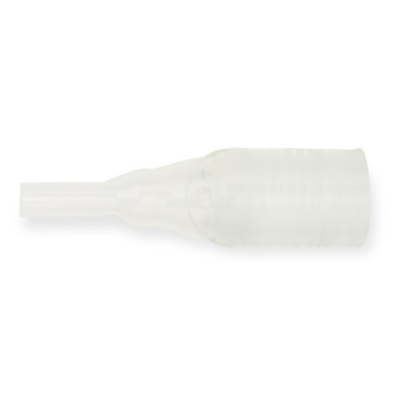Catheters
Welcome to our Urinary Catheters collection. We hope you are enjoying our products and that they're suitable for you.

Self-cath Olive Tip 40cm
Unit: BX30
$92.00

Self-cath Female Straight Tip 16cm
Unit: BX30
$24.00

Self-cath Male Straight Tip 40cm
Unit: BX30
$25.00

VaPro Catheter
Unit: BX30
$138.00

VaPro Pocket Catheter
Unit: BX30
$315.00

VaPro Plus Pocket Catheter
Unit: BX30
$540.00

Adapt Lubricating Deodorant
Unit: BTLE
$18.00

Grip Lok Large Non-Sterile
Unit: EACH
$14.99

Catheter Statlock Foley Stabilisation Device
Unit: EACH
$15.66

Infyna Chic Intermittent Catheter
Unit: BX30
$170.00

Apogee Catheter
Unit: BX30
$18.00

Incare Inview Extra Adhesive Silicone
Unit: BX30
$95.00
Catheters
A urinary catheter is a flexible tube used to empty the bladder and collect urine in a drainage bag. These products are usually inserted by a doctor or nurse, but now, while the technology evolves, you can do it manually at home! They can either be inserted through the tube that carries urine out of the bladder (urethral catheter) or through a small opening made in your lower tummy (suprapubic catheter)
When urinary catheters are used?
As you already know, a urinary catheter is usually used when people have difficulty peeing naturally. It can also be used to empty the bladder before or after surgery and to help perform certain tests.
Specific reasons a urinary catheter may be used include:
- To allow urine to drain if you have an obstruction in the tube that carries urine out of your bladder.
- To allow you to urinate if you have bladder weakness or nerve damage that affects your ability to pee
- As a last resort treatment for urinary incontinence when other types of treatment have been unsuccessful
Many people prefer to use an indwelling catheter because it's more convenient and avoids the repeated insertions needed with intermittent catheters. However, indwelling catheters are more likely to cause problems such as infections.
Inserting either type of catheter can be uncomfortable, so anesthetic gel may be used on the area to reduce any pain. You may also experience some discomfort while the catheter is in place, but most people with a long-term catheter get used to this over time.